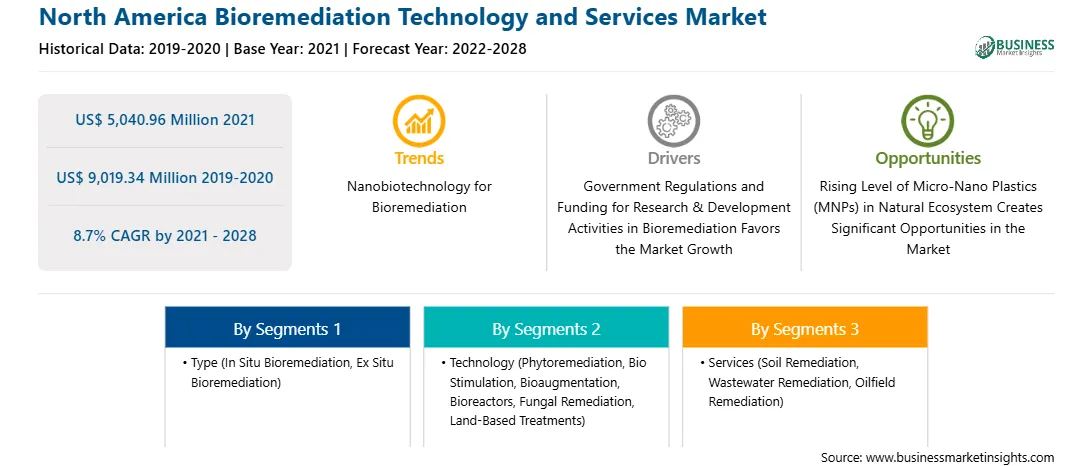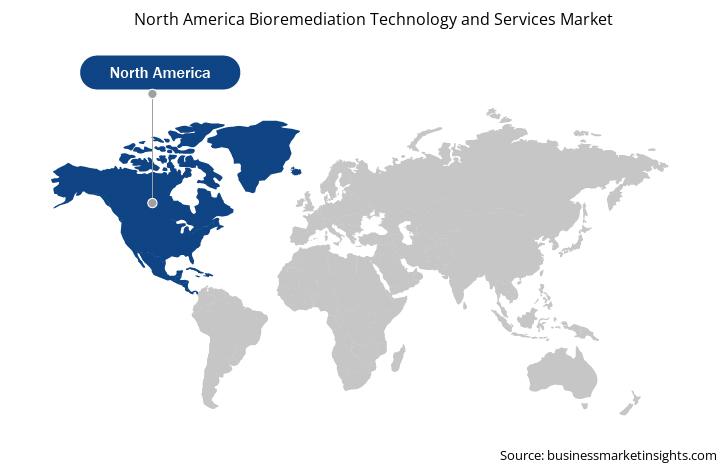Bioremediation is a waste management technology that uses microorganisms to break down toxic chemicals in soil, water, and air. Municipalities, government agencies, and industries may change the way organic chemical spills minimize their environmental impact. In Canada, terrestrial bioremediation has proven successful in the north, encouraging new research into its potential use in the marine environment. Governments have established appropriate policies and strict rules that provide opportunities to reduce water scarcity. Government policies play a crucial role in reducing the problem of water scarcity, and governments include projects and awareness programs to recognize the importance of water conservation so that countries can avoid water overexploitation. The United Nations (UN) encourages the creation of national parks. The UN also established World Water Day to raise awareness and promote water conservation. Several organizations seek to spread awareness about the environment and promote activities and attitudes that lead to conserving the environment and natural resources. Many local and international organizations and some governments are taking initiatives in conservation efforts. Thus, growing awareness about the scarcity of natural resources such as water and oil is expected to drive the market during the forecast period.
North America has been adversely affected by the COVID-19 pandemic. The pandemic impact varies from one country to another across the region. In North America, the US recorded the highest numbers of COVID-19 infection cases, although cases decreased by nearly one million over the last week. In many of Mexico’s southern states. infection cases were tripled over the last seven days. Environmental service contractors are at the forefront since they provide both services and products. The pandemic impacted the availability of materials and labor, which are two of the most expensive components of remediation projects, posing a threat to ongoing project delivery, company liquidity, and entire business models. The clean-up supply chain has been severely harmed, resulting in project delays and/or additional expenditures. As the region slowly recovers, the way businesses are conducted will never be the same. COVID-19 pandemic has altered the corporate landscape in general. Plastics have become a severe transboundary threat to natural ecosystems and human health, with studies predicting a twofold increase in the number of plastic debris (including micro and nano-sized plastics) by 2030. However, such predictions will be aggravated by the excessive use and consumption of single-use plastics (including personal protective equipment such as masks and gloves) due to COVID-19 pandemic.
Strategic insights for the North America Bioremediation Technology and Services provides data-driven analysis of the industry landscape, including current trends, key players, and regional nuances. These insights offer actionable recommendations, enabling readers to differentiate themselves from competitors by identifying untapped segments or developing unique value propositions. Leveraging data analytics, these insights help industry players anticipate the market shifts, whether investors, manufacturers, or other stakeholders. A future-oriented perspective is essential, helping stakeholders anticipate market shifts and position themselves for long-term success in this dynamic region. Ultimately, effective strategic insights empower readers to make informed decisions that drive profitability and achieve their business objectives within the market.

| Report Attribute | Details |
|---|---|
| Market size in 2021 | US$ 5,040.96 Million |
| Market Size by 2028 | US$ 9,019.34 Million |
| CAGR (2021 - 2028) | 8.7% |
| Historical Data | 2019-2020 |
| Forecast period | 2022-2028 |
| Segments Covered |
By Type
|
| Regions and Countries Covered | North America
|
| Market leaders and key company profiles |
|
The geographic scope of the North America Bioremediation Technology and Services refers to the specific areas in which a business operates and competes. Understanding local distinctions, such as diverse consumer preferences (e.g., demand for specific plug types or battery backup durations), varying economic conditions, and regulatory environments, is crucial for tailoring strategies to specific markets. Businesses can expand their reach by identifying underserved areas or adapting their offerings to meet local demands. A clear market focus allows for more effective resource allocation, targeted marketing campaigns, and better positioning against local competitors, ultimately driving growth in those targeted areas.

The North America Bioremediation Technology and Services Market is valued at US$ 5,040.96 Million in 2021, it is projected to reach US$ 9,019.34 Million by 2028.
As per our report North America Bioremediation Technology and Services Market, the market size is valued at US$ 5,040.96 Million in 2021, projecting it to reach US$ 9,019.34 Million by 2028. This translates to a CAGR of approximately 8.7% during the forecast period.
The North America Bioremediation Technology and Services Market report typically cover these key segments-
The historic period, base year, and forecast period can vary slightly depending on the specific market research report. However, for the North America Bioremediation Technology and Services Market report:
The North America Bioremediation Technology and Services Market is populated by several key players, each contributing to its growth and innovation. Some of the major players include:
The North America Bioremediation Technology and Services Market report is valuable for diverse stakeholders, including:
Essentially, anyone involved in or considering involvement in the North America Bioremediation Technology and Services Market value chain can benefit from the information contained in a comprehensive market report.